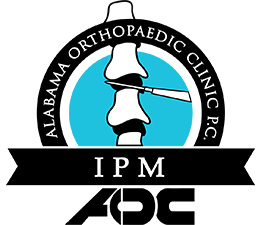News & Events
Anterior Approach: Total Hip Replacement
One of the largest joints in the body is the hip, and over time, it can become damaged due to issues like arthritis, a fracture, bone tumors, or hip disease. Alleviating the pain and discomfort caused by an unhealthy hip often calls for total hip replacement surgery. A common procedure, a total hip replacement calls for the bone and cartilage to be removed and replaced with an artificial hip, which can be made of metal, plastic, and ceramic. According to the Agency for Healthcare Research and Quality, approximately 300,000 total hip replacements occur every year in the United States.
Total hip replacement candidates typically experience symptoms such as:
- Constant hip pain
- Hip pain while walking or bending
- Hip stiffness
There are multiple approaches to total hip replacement, including having the procedure done from behind the hip, to the side of the hip, or in front of the hip. Anterior Approach Total Hip Replacement—meaning the incision is made on the front of the hip—provides the surgeon the ability to perform the surgery through a smaller incision. This surgical approach involves the spreading of a natural split between two large hip muscles, without cutting them. There is less damage to muscles, less pain, faster recovery, and a shorter hospital stay. Because the thick tendons and muscles behind the hip are not cut, patients with this procedure are also usually less likely to experience hip dislocation.
For more information, call 251-410-3600.
- < Back
- |

























